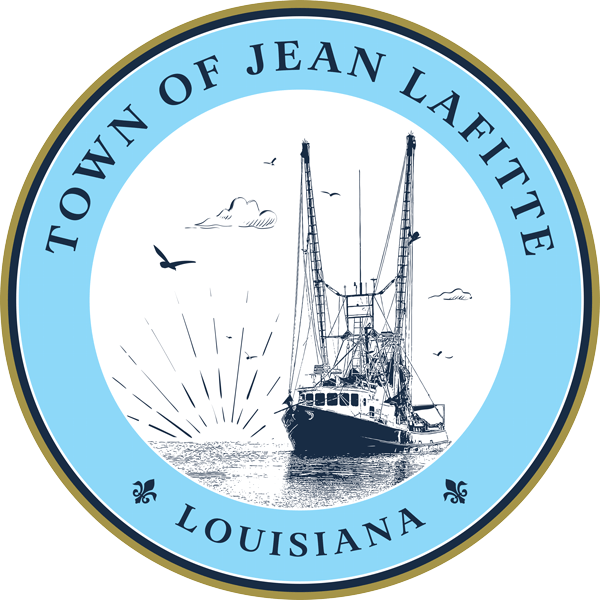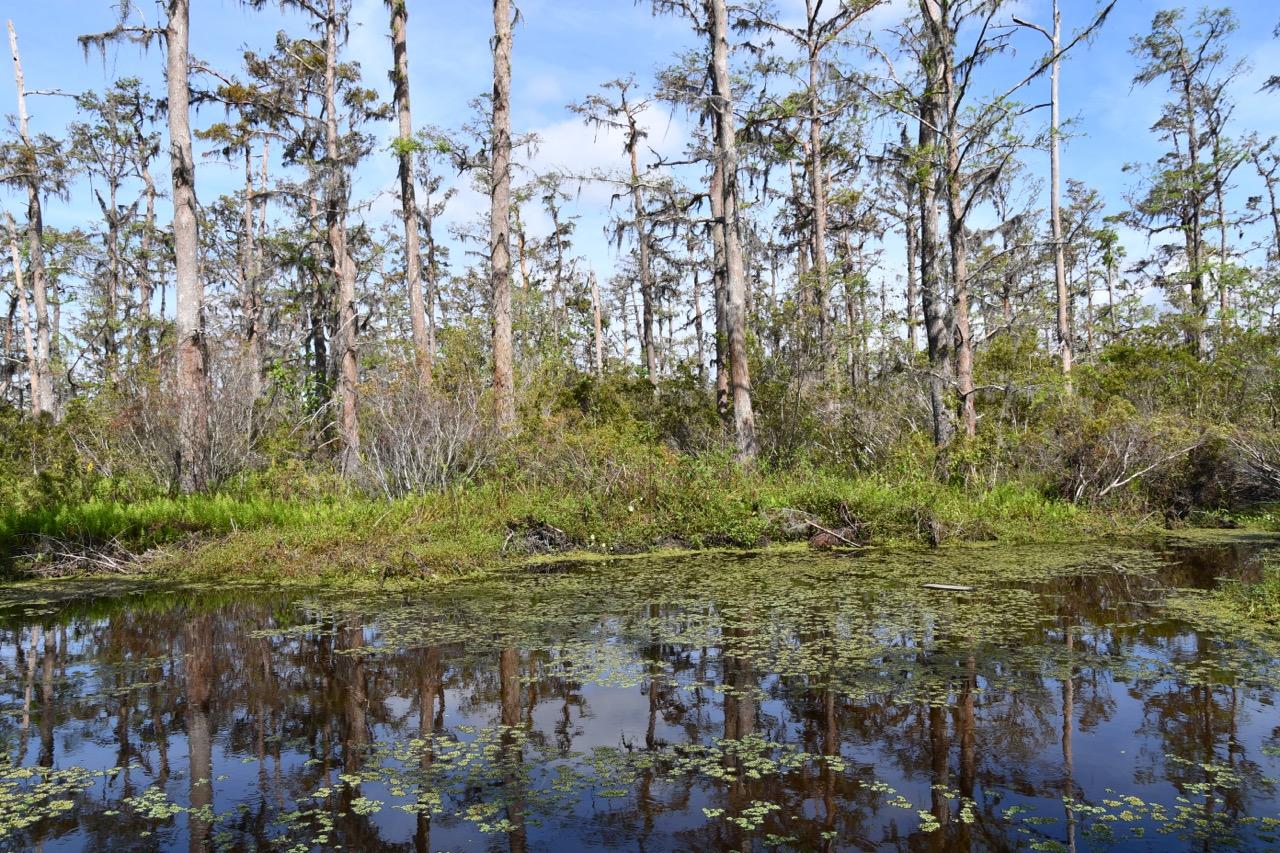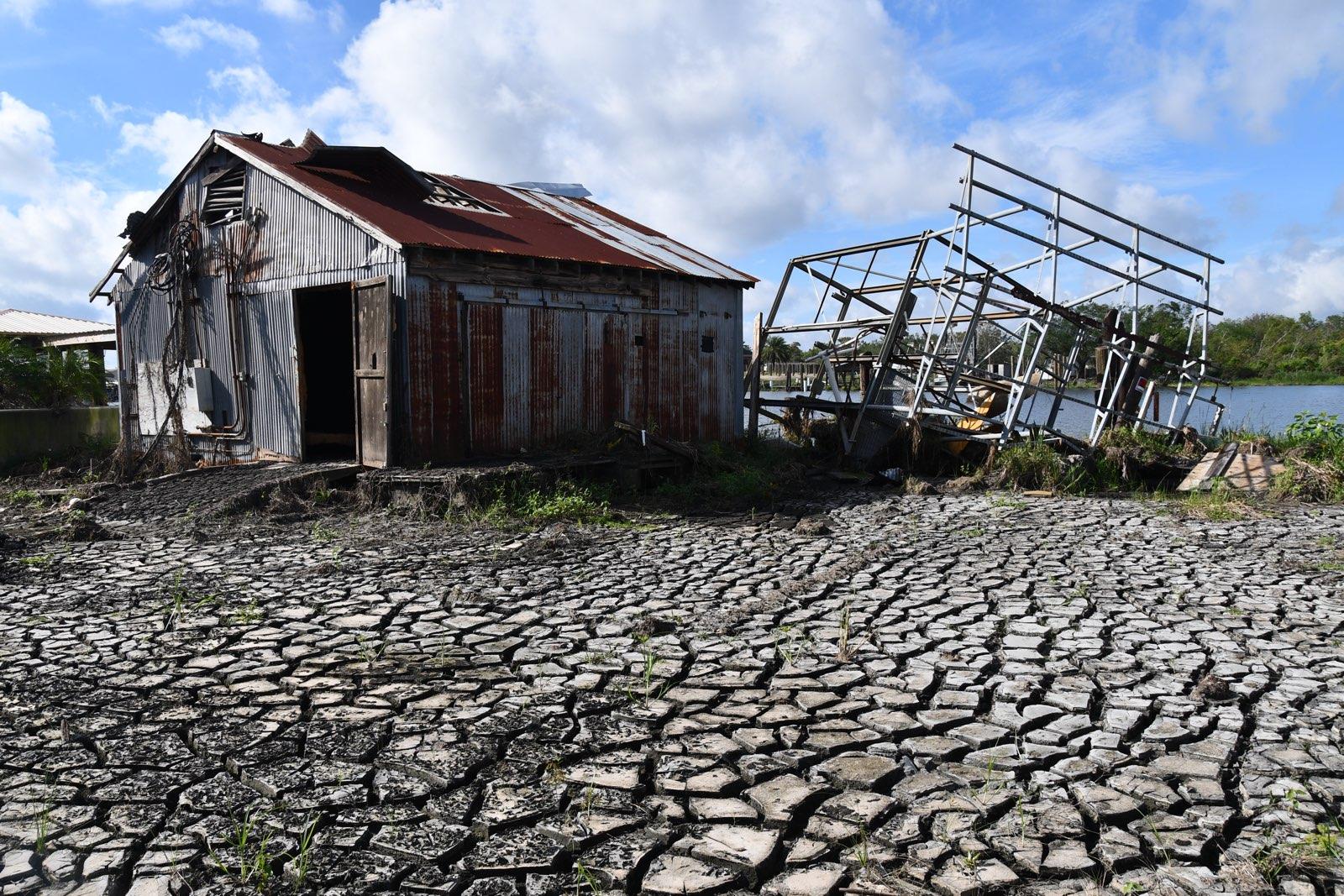Save Lafitte
“We are going to fight like hell to protect our communities and restore our coast.”
-Tim Kerner Jr., Jean Lafitte Mayor
About Lafitte
Just south of New Orleans lies the expansive Louisiana coast, made up of fresh water swamps and brackish wetlands. This is where the communities of Jean Lafitte, Lafitte, Crown Point and Barataria hug the banks of Bayou Barataria. They sit in the heart of the Barataria Estuary, approximately 1.5 million acres of wetlands, comprising an area larger than the Everglades.
Here 10,000 residents live just outside of the levee protected greater New Orleans metropolitan area, that includes much of Orleans and Jefferson Parish. Over the last 35 years, beginning with Hurricane Juan in 1985 these communities have experienced more flooding with each passing storm due wetland loss that historically provided a natural buffer to protect them and the greater New Orleans area from storm surge and dangerous winds.
A year ago, Hurricane Ida made landfall as one of the strongest storms to ever hit Louisiana. Ida sent the largest storm surge ever recorded into these communities. The storm devastated the area, destroying homes, schools and churches.

Why we should save Lafitte.
Home to one of the world’s great delta’s and most productive estuaries, this area is a National Treasure. In fact, congress deemed it so unique that it preserved some 26,000 acres as the Barataria Preserve, part of the Jean Lafitte National Historical Park.
People and Culture- The unique culture of South Louisiana would not be possible without the natural resources and people of this area. The shrimpers, crabbers and fisherman of this area catch the produce that make Louisiana food world famous.
Seafood- Coastal Louisiana produces more than one third of America’s oysters, 40 percent of the blue crab harvest, most in the nation and a commercial shrimp harvest of 111.3 million pounds every year.
Louisiana’s seafood industry generates $1.92 billion in total sales every year and supports over 33,000 jobs and Recreational fishing adds another $1.96 billion in sales and supports some 17,000 jobs.
Coastal Protection- The swamps and marsh that surround Jean Lafitte provide a protection barrier for the greater New Orleans metropolitan area. Some 1.2 million people rely on this coastal area as a barrier to protect them from dangerous hurricane storm surges and winds.
Environment- This area is home to a unique landscape made of bayous, swamps, marshes and forests; and a diverse group of plants and animals that include the American Alligator and over 200 species of birds and a changing array of wildflowers and plants.
Energy Producer- Louisiana produces about 23 percent of the total U.S. crude oil production and directly provides 76,000 jobs in the state.
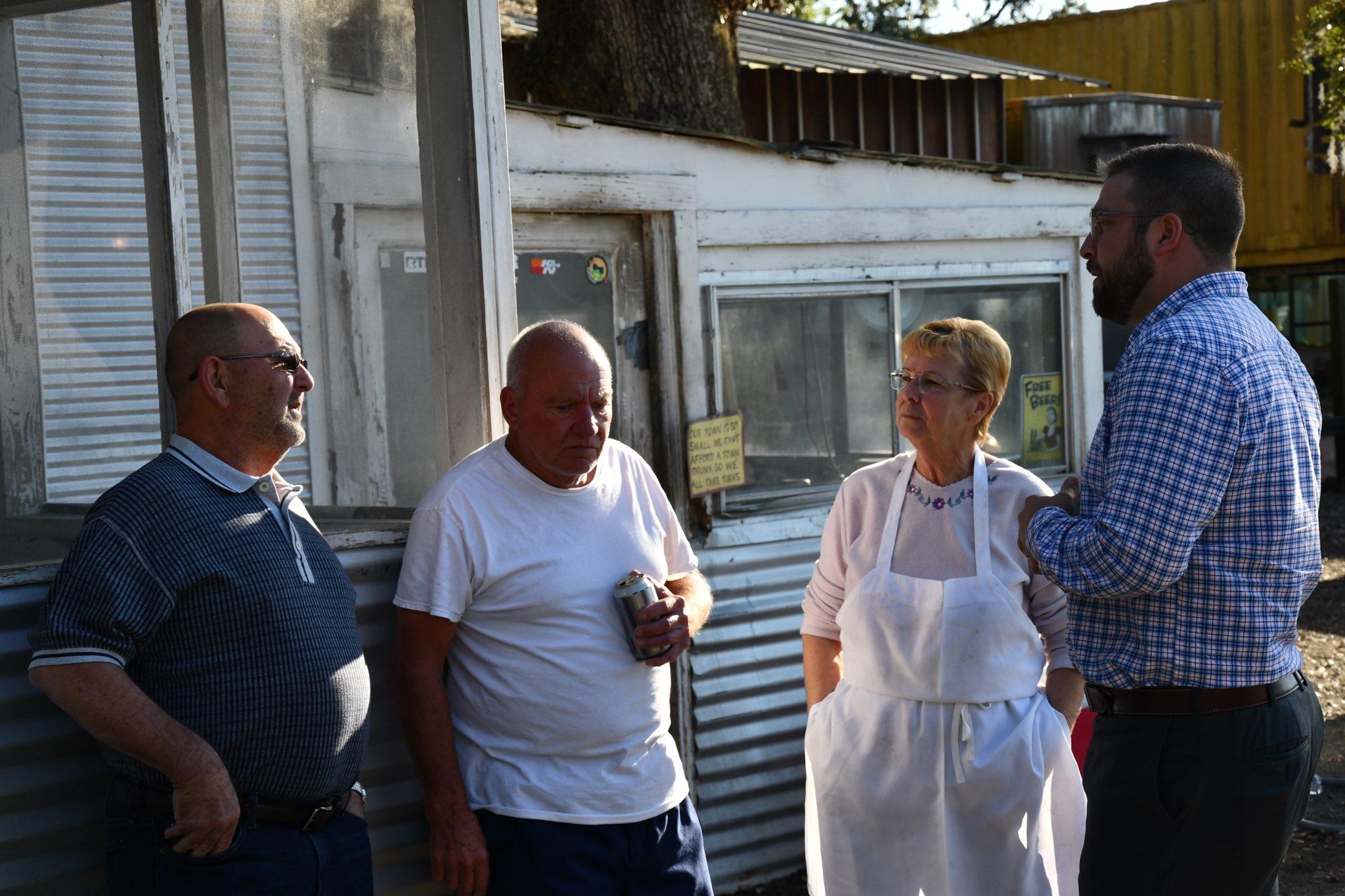
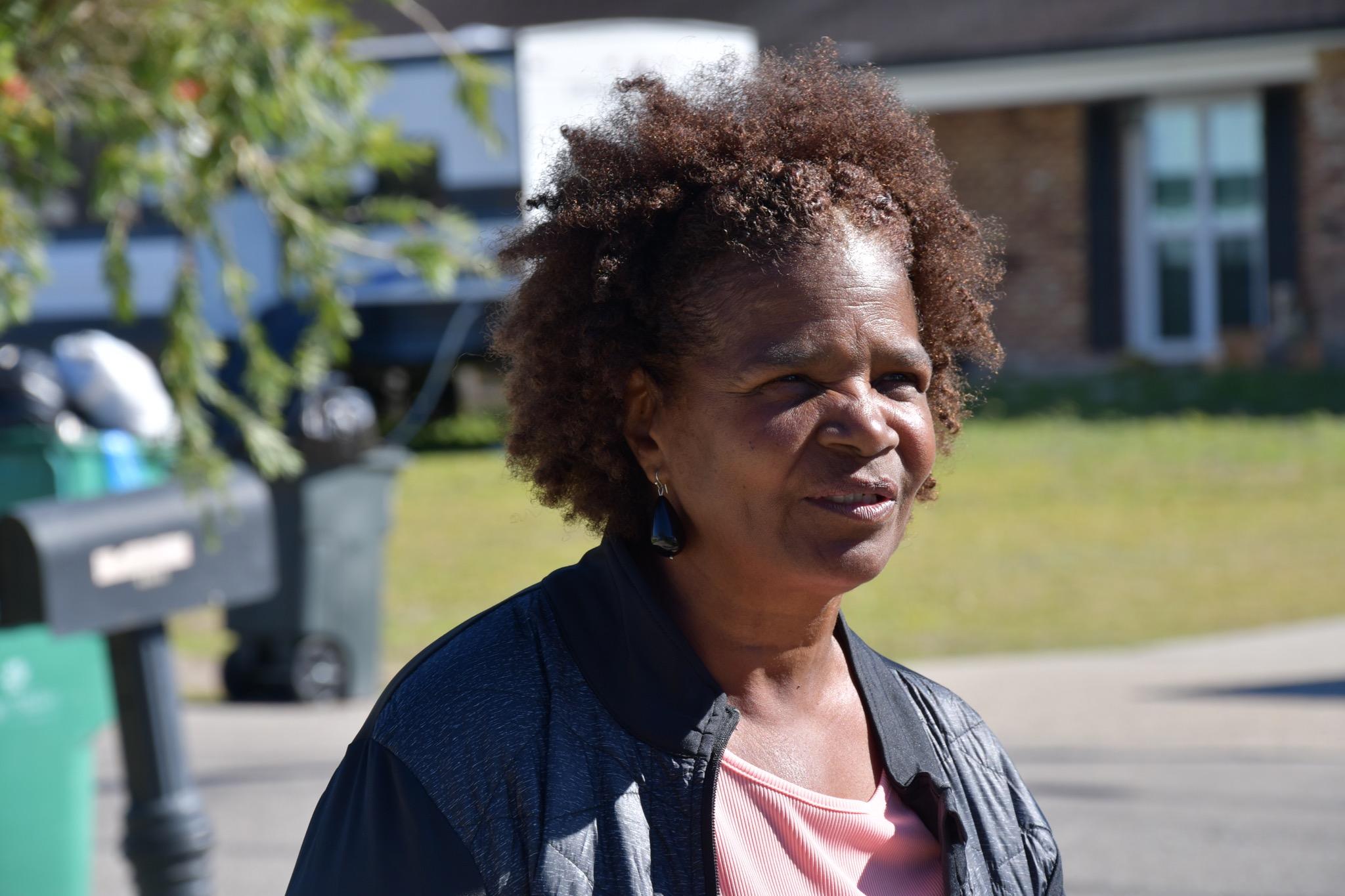
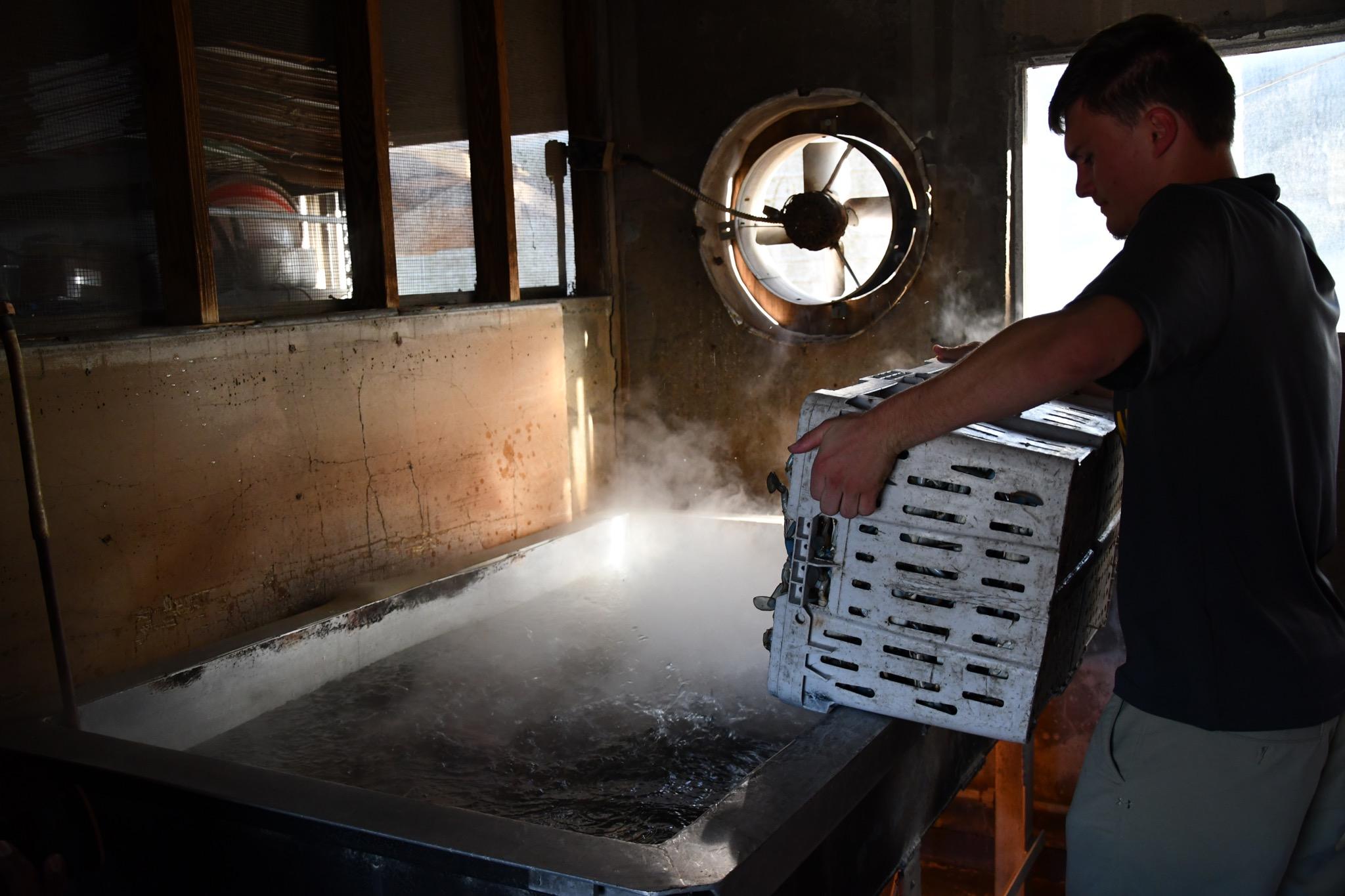
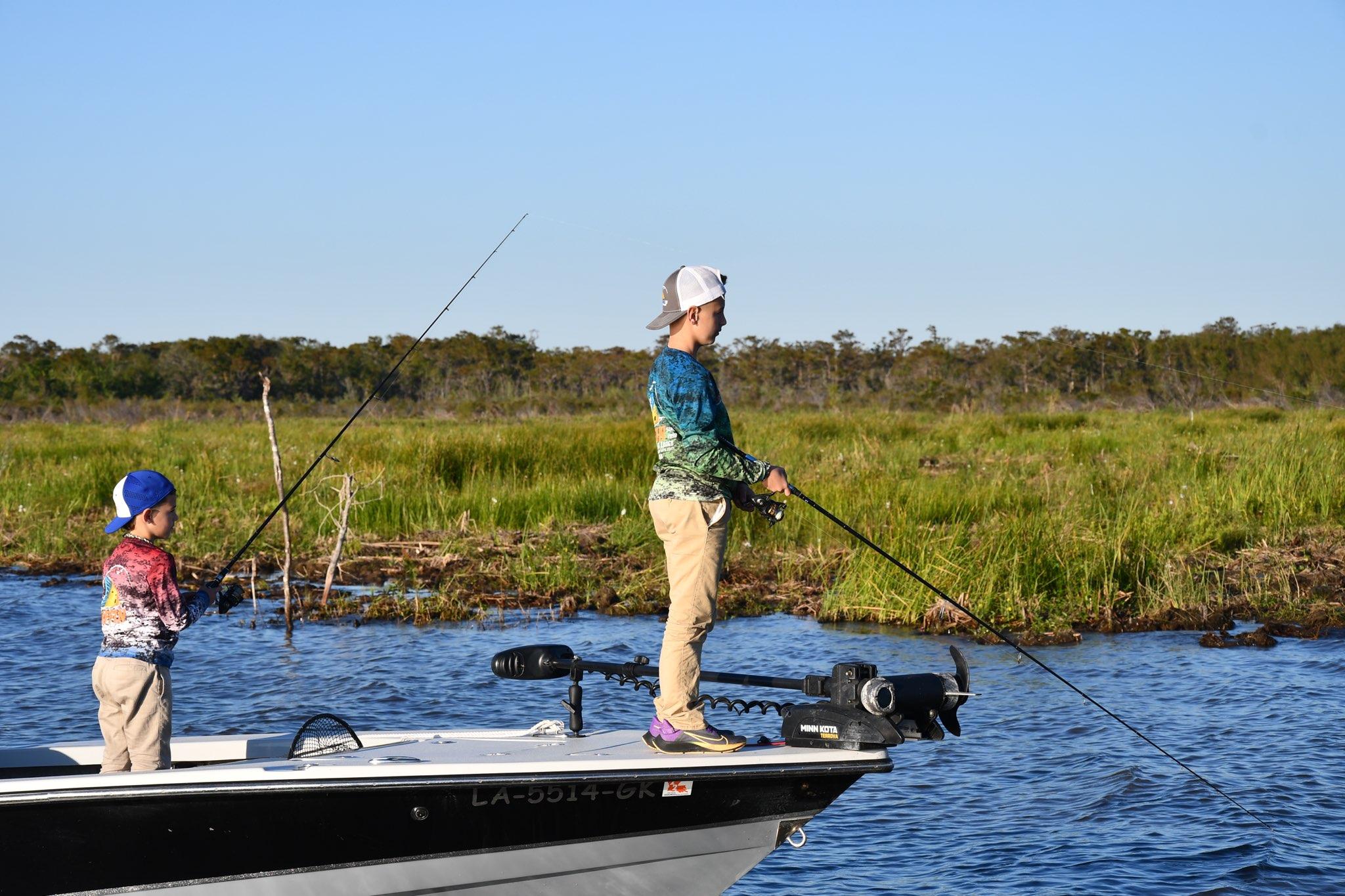
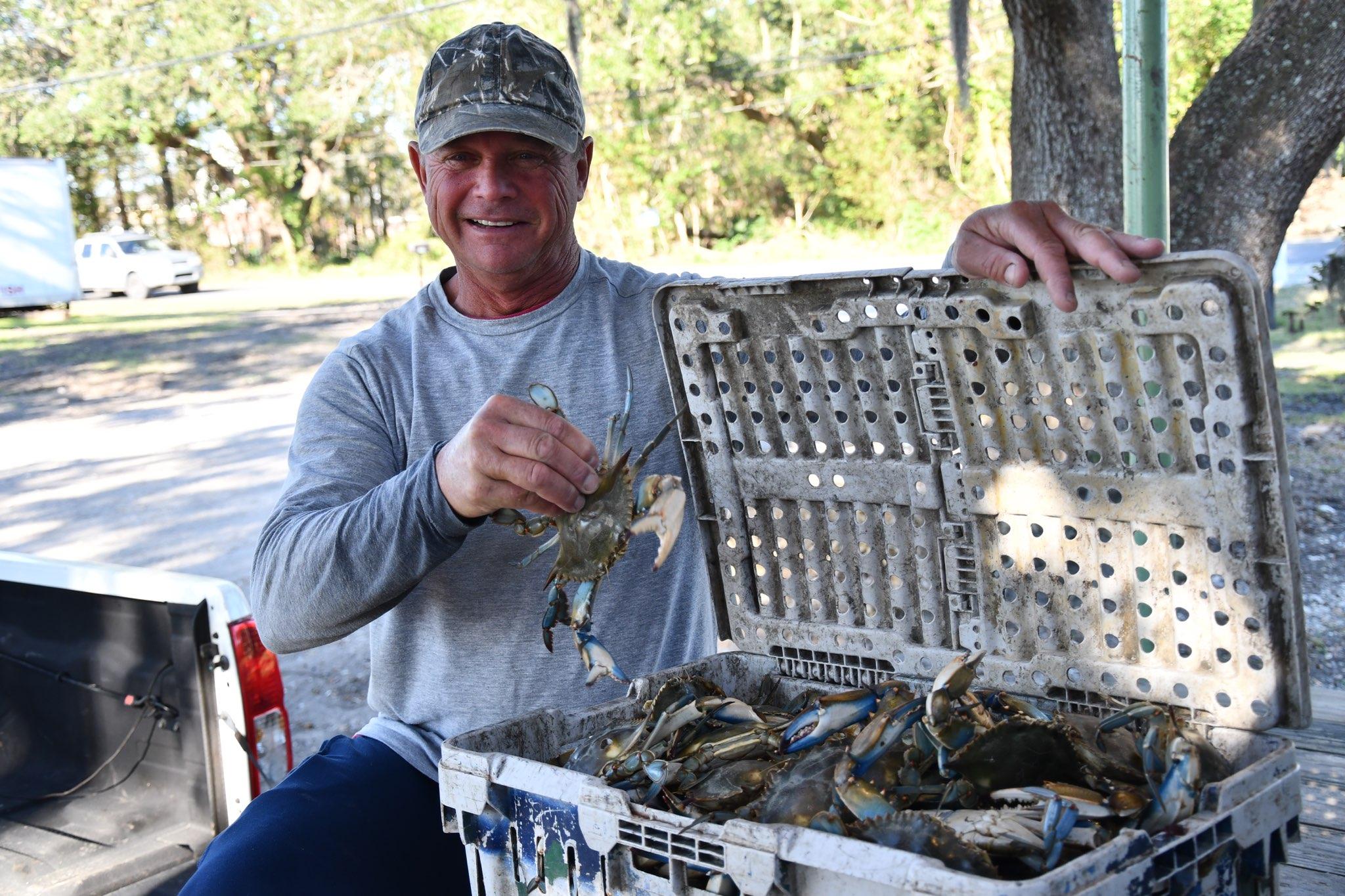
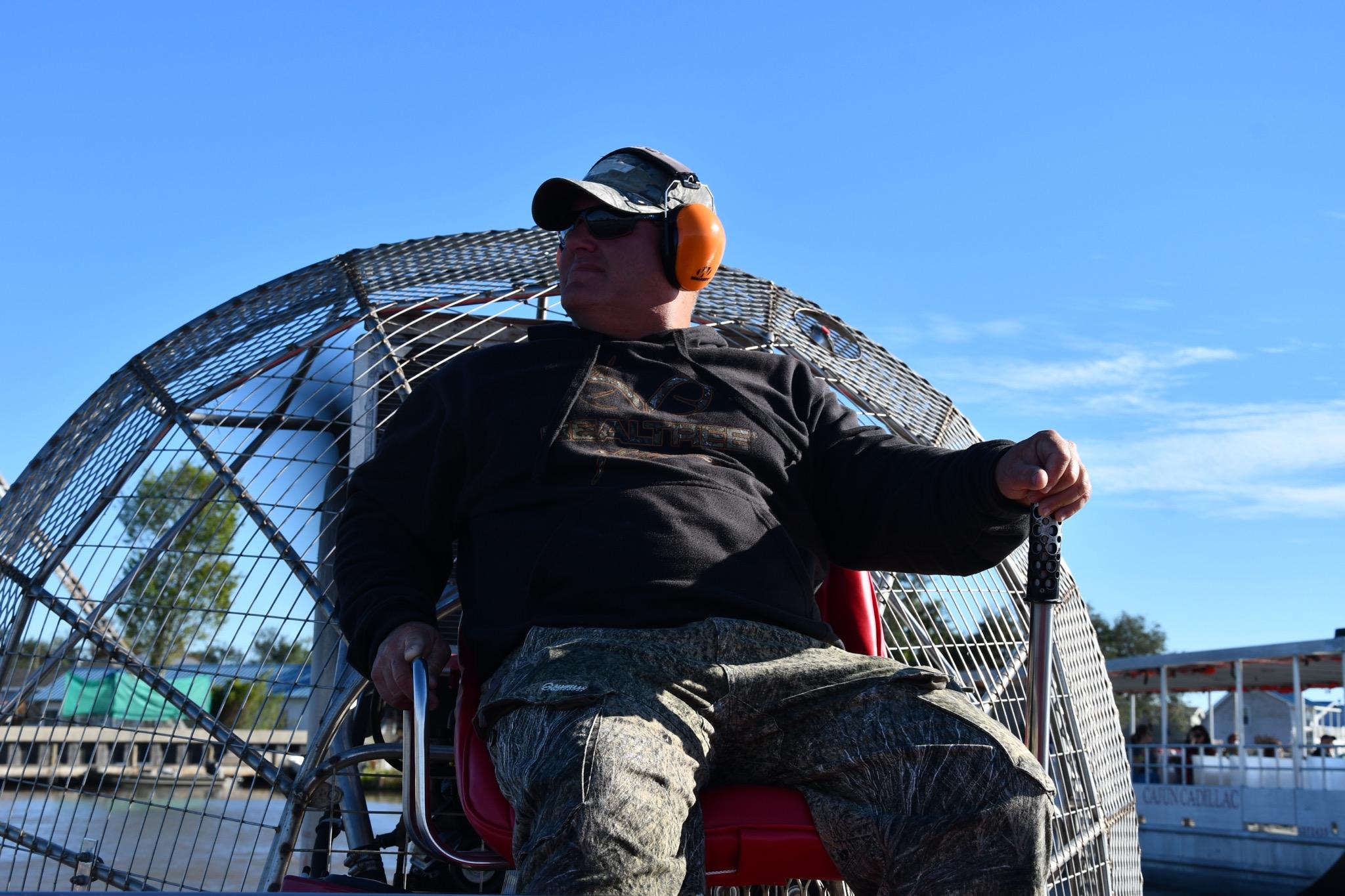
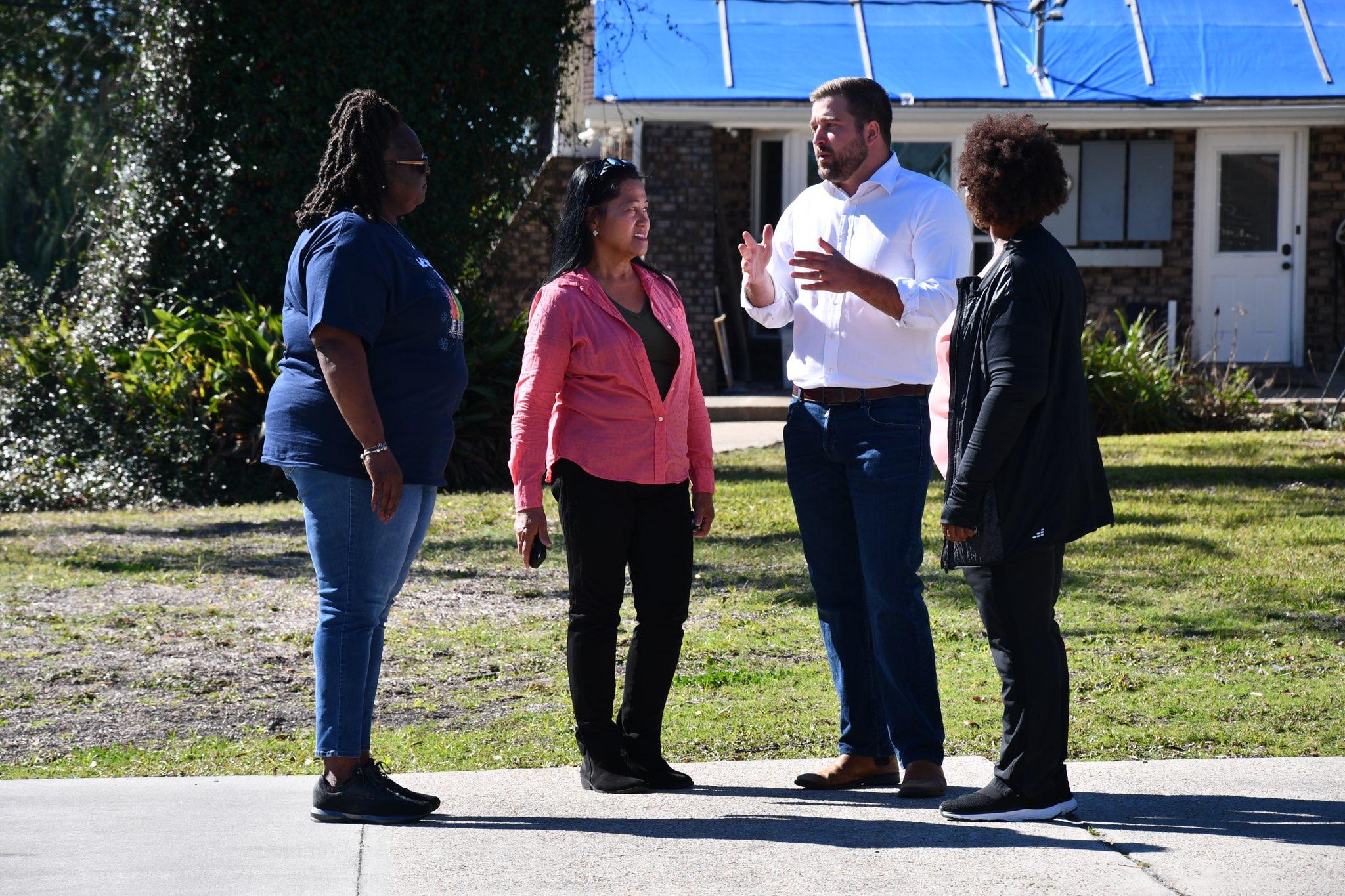
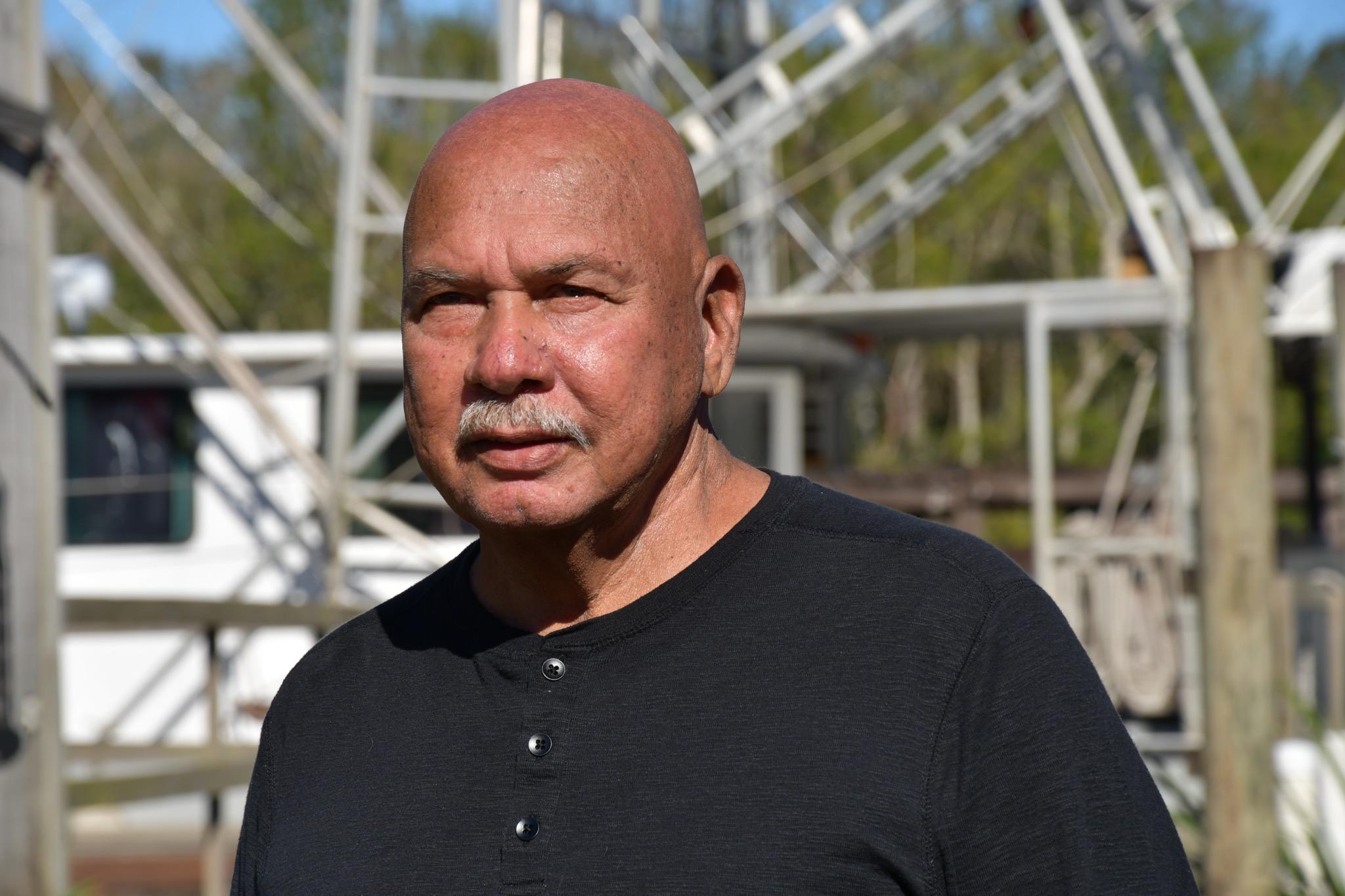
How did we get here?
We had a thriving coast until just about a century ago, when in the name of progress massive levees were build along the Mississippi River that cut off the supply of fresh nutrients to the marsh. Then around the same time oil companies came to the area in pursuit of oil to fuel a growing nation and dredged and dug thousands of miles of canals across the wetlands surrounding Lafitte. This hastened the decline of the wetlands so much that since the 1930s, the Barataria Basin has lost nearly 295,000 acres of land.
To make matters worse climate change has meant stronger storms and rising seas. And then the levees and major pump stations that surround the greater new Orleans Metropolitan area, including most of Orleans and Jefferson Parish have meant more water coming in on us from the north.
There is good news
The experts say we can have a future here is we rebuilt the wetlands and combat climate change. That’s why we need you to help!

Important facts about the Barataria Basin:
News on the Coast:
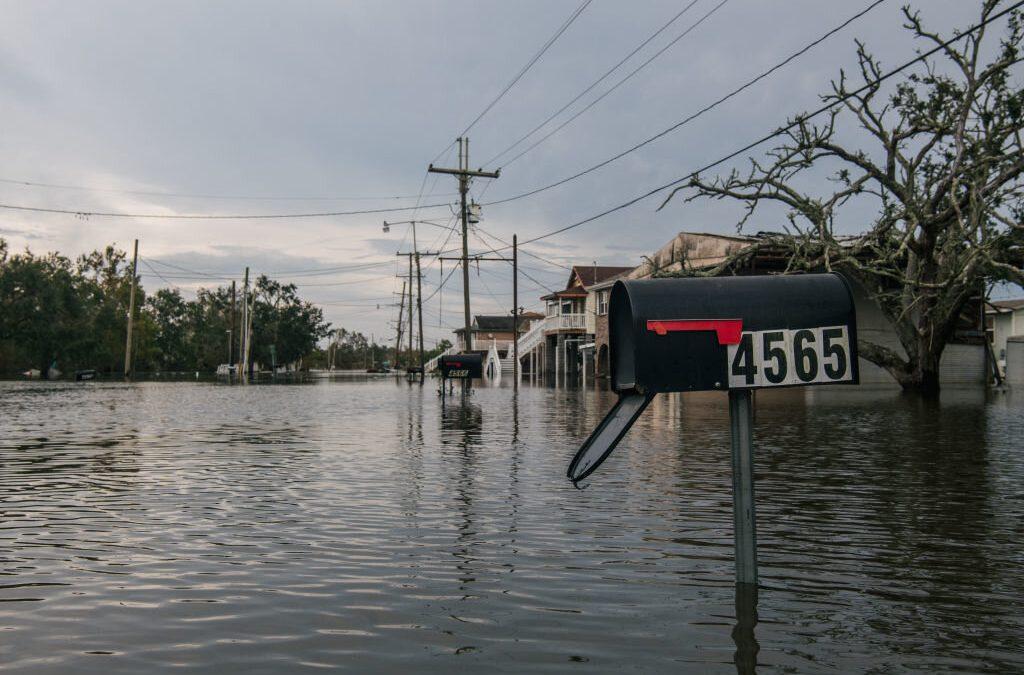
Benny watched his house drift away. Now, his community wants better storm protection
NPR October 27, 202110:37 Listen here: https://www.npr.org/2021/10/27/1047718942/benny-watched-his-house-float-away-now-his-community-wants-better-storm-protecti At the moment, Tammy and Benny Alexie are staying in a cream-colored house that overlooks the Mississippi...
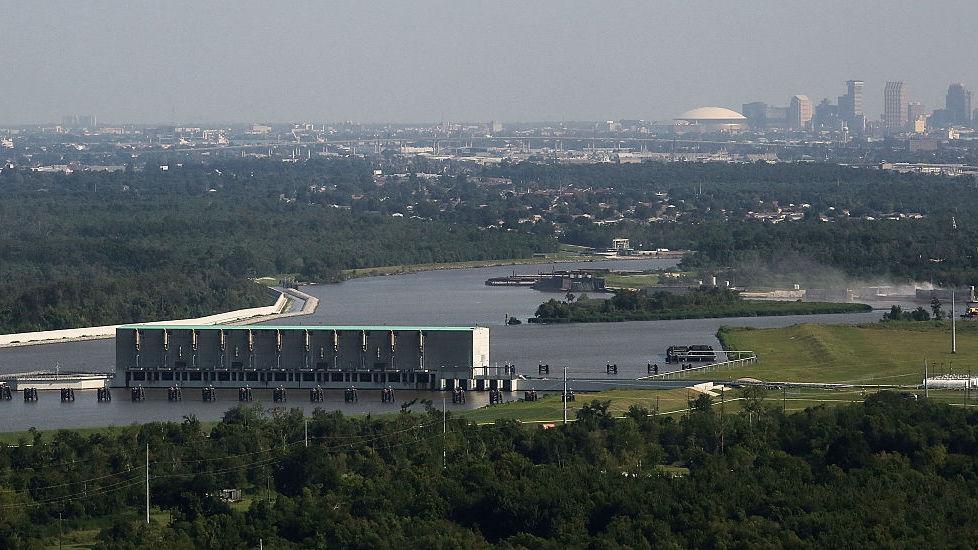
Weeks after Ida, Bayou communities outside New Orleans’ levee system still devastated
SARAH MCCAMMON, BYLINE: I'm Sarah McCammon on the bayou south of New Orleans, where just weeks ago, Hurricane Ida slammed ashore, its 150-mile-an-hour winds causing death and devastation across the region. On this day, though, the water is calm as we skim along on an...
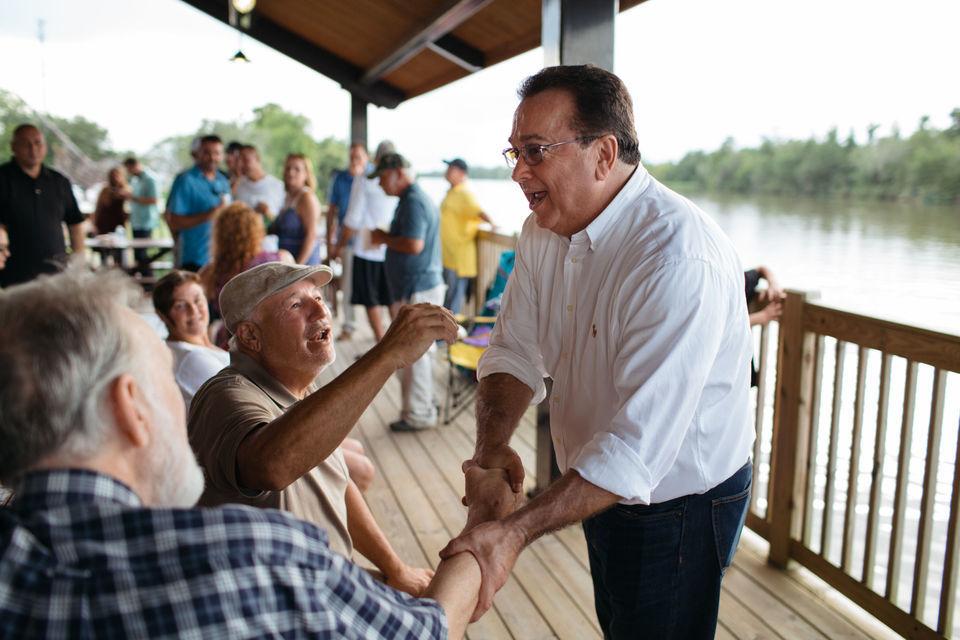
Our Drowning Coast: Left to Louisiana’s tides, Jean Lafitte fights for time
From a Cessna flying 4,000 feet above Louisiana's coast, what strikes you first is how much is already lost. Northward from the Gulf, slivers of barrier island give way to the open water of Barataria Bay as it billows toward an inevitable merger with Little Lake, its...
Join the Fight to Save Lafitte!
Find your senators and representatives here and contact them.
Sign up for our newsletter and follow us on social media.
